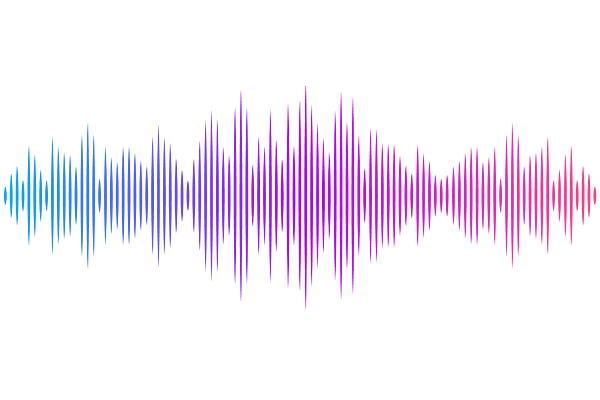Neutrino flavor composition using High Energy Starting Events with IceCube

Neutrino flavor composition using High Energy Starting Events with IceCube
Neha Lad for the IceCube Collaboration, Thijs Juan van Eeden for the IceCube Collaboration, Markus Ackermann for the IceCube Collaboration
AbstractAstrophysical neutrinos provide crucial insights into their sources and play a key role in multi-messenger astronomy. The neutrino flavor composition at Earth allows us to probe the mechanisms of neutrino production and cosmic ray acceleration, as well as the properties of the environments in which they originate. Understanding the flavor composition also offers a unique opportunity to test new physics in the neutrino sector. The IceCube Neutrino Observatory consists of 1 km$^3$ of ice instrumented with photomultipliers that detect neutrinos through Cherenkov radiation from their interaction products. Different neutrino interactions result in distinct event topologies, such as tracks, cascades, and double cascade events, which allow for the identification of the interacting neutrino type and measurement of the flavor composition of the astrophysical neutrino flux. In this contribution we present the results of the measurement of the flavor ratio of the High-Energy Starting Event Selection based on 12 years of data, a high-purity sample of neutrino interactions that occur inside the detector. In addition, we discuss various methods that could further improve the analysis in the future.